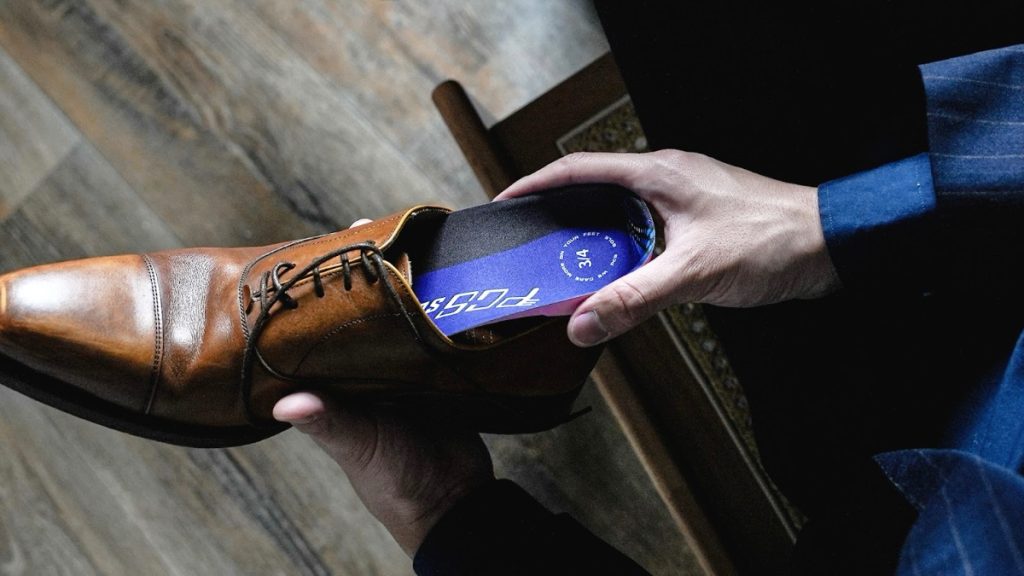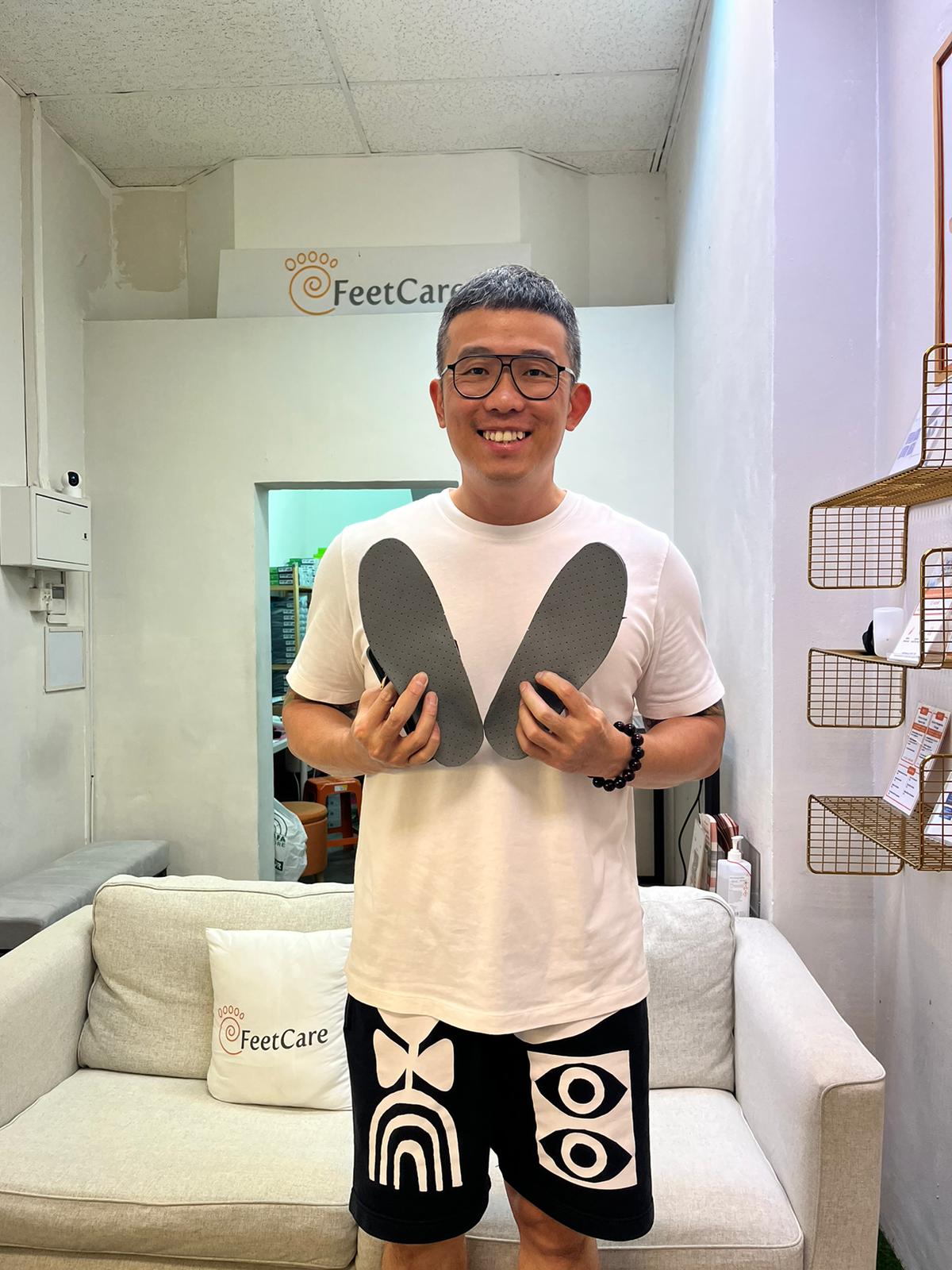Bunion Corrector Review: Do These Splints Really Work?
Introduction
Bunions, medically referred to as hallux valgus, are painful bony bumps that develop at the base of the big toe. For many, this condition results in chronic discomfort, swelling, and deformity. A common non-surgical solution is the use of bunion correctors. In this comprehensive bunion corrector review, we explore whether these splints truly help, which products stand out, and how to choose the right option for you.
What Is a Bunion Corrector?
A bunion corrector is a non-invasive device designed to gently realign the big toe into its natural position, reduce pressure on the joint, and relieve pain caused by bunions. Bunion correctors come in various forms such as splints, toe spacers, and sleeves.
Common Types of Bunion Correctors
- Rigid Splints: Worn while sleeping; provide maximum correction over time.
- Soft Sleeves: Ideal for daytime use; fit comfortably inside shoes.
- Toe Separators: Help realign the toe joint and relieve friction.
- Hinged Splints: Allow for slight movement while maintaining alignment.
How Do Bunion Correctors Work?
These devices apply gentle but consistent pressure on the big toe, helping to realign it gradually. They also cushion the bunion, reducing inflammation and preventing further joint deterioration.
Benefits:
- Realigns the toe joint
- Reduces bunion-related pain
- Provides support during recovery
- Helps prevent progression of hallux valgus
Limitations:
- Not a permanent fix for severe deformities
- Results vary from person to person
- Best used as part of a broader treatment plan (e.g., proper footwear, exercises)
Top 3 Bunion Correctors Reviewed
1. FeetCare Ultrathin Bunion Corrector
Overview: This corrector is one of the most popular options for mild to moderate bunions.
Pros:
- Super thin and can fit into any shoes
- Cushioned interior for comfort
- Excellent for overnight realignment
Ideal For: People with mild misalignment or chronic bunion pain.
2. FeetCare Toe Separator
Overview: A silicone toe spacer designed for daily use or post-workout relief.
Pros:
- Made from soft, medical-grade gel
- Easy to clean and reuse
- Great for mild bunion correction
Cons:
- Doesn’t offer rigid correction
- Must be used regularly for visible results
Ideal For: Early-stage bunion sufferers or those looking for supplementary support.
3. FeetCare Bunionette Bootie
Overview: A fabric sleeve bunion corrector that fits easily in most shoes.
Pros:
- Slim profile for discreet wear
- Washable and reusable
- Provides gentle cushioning and realignment
Cons:
- Minimal corrective force
- Not suitable for advanced bunions
Ideal For: People who need daytime relief and wear narrow footwear.
How to Choose the Right Bunion Corrector
1. Severity of Your Bunion
- Mild: Soft sleeves or toe separators
- Moderate: Hinged or rigid night splints
- Severe: May need consultation with a podiatrist
2. Comfort and Fit
- Adjustable straps and breathable materials are key
3. Lifestyle Needs
- Daytime use requires slim, low-profile designs
- Nighttime use allows for bulkier, more corrective models
4. Material Quality
- Look for medical-grade silicone, padded interiors, and skin-safe fabrics
Real User Experiences
Many users report significant pain relief and improved alignment after consistent use over 3–6 months. However, the consensus is that bunion correctors are most effective for early to moderate cases and when used consistently.
“I’ve used the Ultrathin Bunion Corrector every night for 4 months. While my bunion hasn’t disappeared, the pain has reduced drastically and my big toe looks straighter.” — Verified Buyer
Frequently Asked Questions (FAQ)
Q1: Can bunion correctors cure bunions?
A: No, bunion correctors can’t cure bunions, but they can alleviate pain and slow the progression.
Q2: How long should I wear a bunion corrector daily?
A: Most users wear them for 6–8 hours at night or during downtime.
Q3: Are bunion correctors suitable for severe bunions?
A: They may offer temporary relief, but severe cases often require surgical intervention.
Q4: Can I wear bunion correctors with shoes?
A: Yes, some models are designed to be worn with shoes, especially soft sleeves and spacers.
Internal and External Resources
Internal Links:
External Links:
Final Thoughts
In this bunion corrector review, we’ve found that while these devices are not a permanent cure, they are effective tools for pain relief and realignment — especially for those in the early to moderate stages of hallux valgus. By choosing the right corrector and using it consistently, many users find long-term comfort and improved toe alignment.
Call to Action
Ready to take the next step toward bunion relief? Explore our Top-Rated Bunion Correctors or contact us for a personalized consultation.
Disclaimer: This content is for informational purposes only and does not substitute medical advice. Always consult a healthcare provider for professional diagnosis and treatment.




